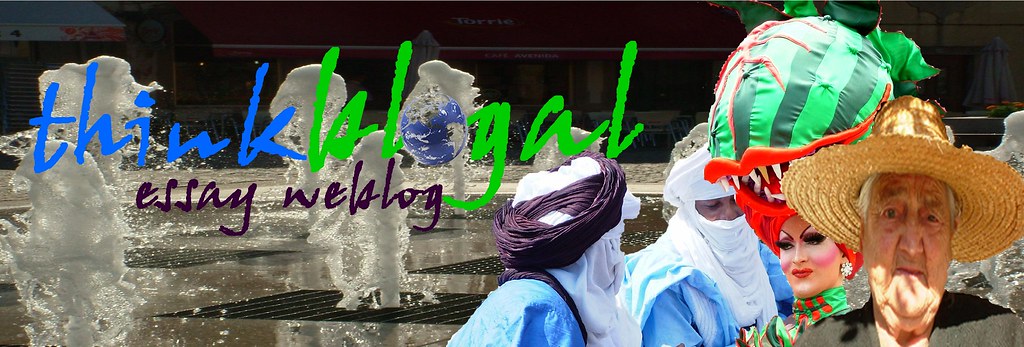I Think I Saw Palm Trees in Norway by M.J. Ferreira
Common sense is built through experience. The experience of many people forms a general idea about something. But experiences are never neutral. There are no two human beings alike, so experience is never an independent variable. It is always dependent on the mental background of those who feel it.
For me, it was common sense that the Scandinavian countries had typical features that set them apart from other European countries. That is why I pictured Norway as a cold and distant country with an equally cold and distant people. For me, it was common sense that Scandinavian countries had intense kinds of methodical societies, as opposed to the usual disarray of the Mediterranean ones. A combination of intrinsic forms of regulation with a particular sense of group belonging. That is why I pictured Norway as an orderly and mostly tidy country. I pictured Norway as a book shelf, alphabetically ordered, where nothing can be out of place.
I was wrong. My common sense failed. I’ll try to explain why.
During the second day of my visit to Oslo I went to the National Gallery. I wanted to go to the museum shop so I asked where it was. A nice gentleman told me it was closed because the person who was supposed to be in charge overslept and simply had not appeared at work. Overslept!!! The shop didn’t open because the person overslept! This event was presented to me as a natural thing. Like if it was usual. In that moment, I thought that incident did not fit in the model of a methodical, ordered and organised society that I imagined I would find in Norway. And then, something even more curious happened. I went to see the Gallery and the rooms were not organised by art periods. Modern Art was mixed with Renaissance and with Impressionism. The order was thematic. So visitors cannot choose which art period they want to see. They can only choose themes. Again, I thought that this simply did not fit.
The concept of order is one of the most complex you can find in social sciences. Is order only the absence of chaos? Is order equilibrium between conflicting elements? Is order logical and mathematical? Is order a linear progression of events? Or is order the existence of an underlying justification for human actions? In this sense, an orderly society is perhaps one where people can find a proper sense for their lives. A proper sense does not mean a common sense. A society where people can “live as they think, without thinking too much on the way they live”. It was this kind of order I found in Norway. A simple underlying and non-linear set of justifications. The man in the Gallery shop did not show up because he was tired. Who cares? People do not go to museums to buy things. They go there because they want to see art. And if they go, it is only natural that they have to see everything, for the “all” is not understandable without the articulation of its parts.
Expectations shape our understanding of the world around us. Expectations ground us and lead us to misconceptions. Later that same day, I went to a religious ceremony in the Oslo Cathedral. Nine out of ten Norwegians are members of the State Church of Norway based on the Evangelical-Lutheran tradition. During the ceremony, I could observe in loco the importance of the religious innovations the Protestant Revolution brought to the practice of the Christian cult in the 16th century, namely the centrality of the readings from the Bible, the communitarian singings of all those who are present and mainly the direct liturgy of the minister. The community applauded the speech of the minister and participated in the ceremony in an active way. The myth of the cold people died in my mind, although I did not understand one single word of that ceremony.
The main Protestant dogma is predestination. Predestination means that human beings are not free to choose their path. Human life is predetermined. This doctrine shaped the development of science in the 18th, 19th and 20th centuries. Modern science is based on the belief that every event can be understood by a mechanic cause-effect relationship. Mechanic causality together with the equivalence between natural and social sciences are the foundations of the positivist epistemology. Positivism is still today the general framework for the study of social sciences. This kind of epistemology dismisses the need for the analysis of social motivations, since everything can be traced back to a cause-effect relationship. Just like predestination dismisses the need for human reasoning, since everything is predetermined. Order is logic and linear.
However, that was not the kind of order I found in Norway.
Again, it did not fit. But it matters not.
That is why I think I saw palm trees in Norway.













<< Home